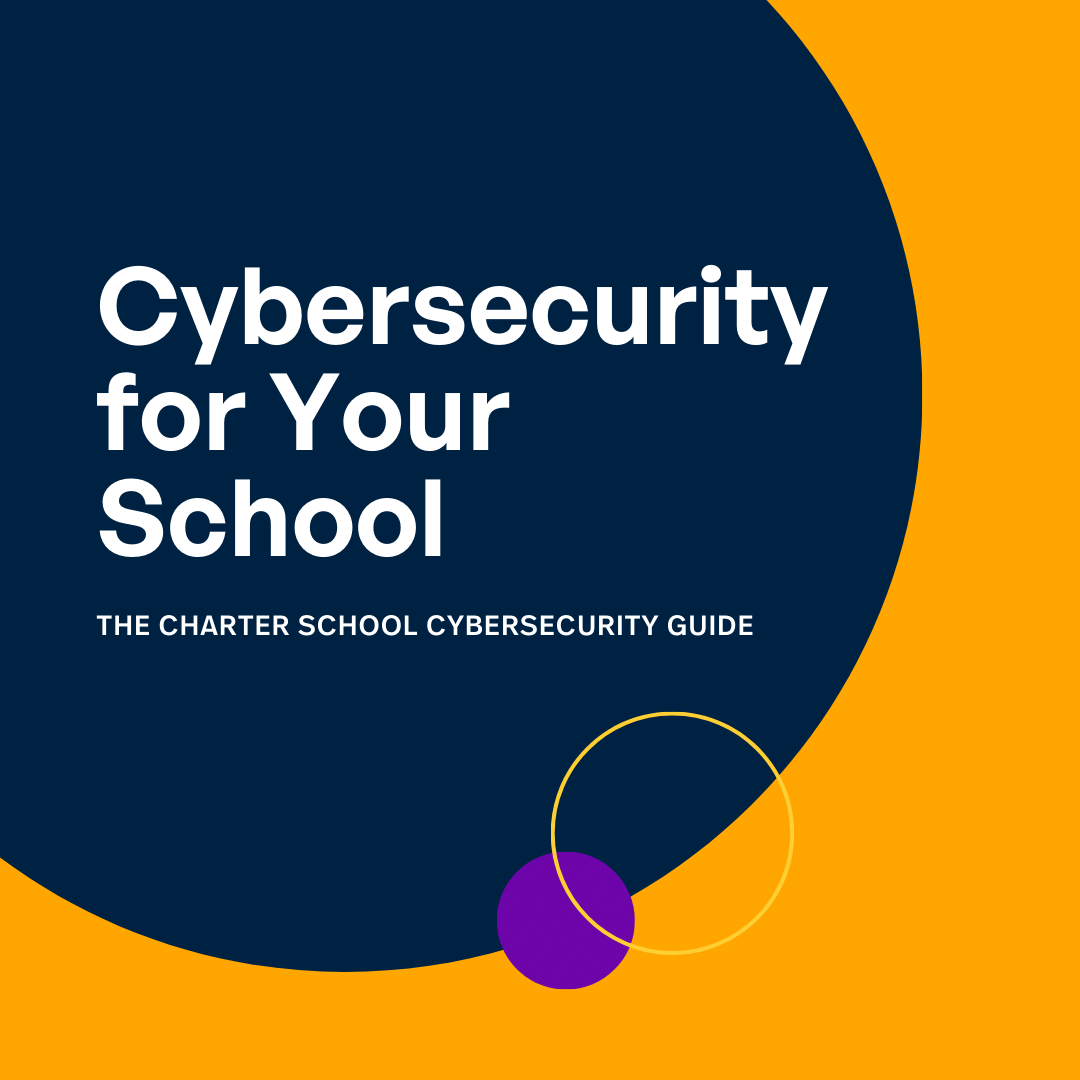As educators, understanding this technology is becoming increasingly important, not just for ourselves, but also for preparing our students for the future. In this article post, we’ll overview what generative AI is, its implications for education, and practical steps educators can take to integrate it into their classrooms.

What is Generative Artificial Intelligence?
To kick things off, let’s clarify what we mean by generative artificial intelligence. In essence, it’s a subset of artificial intelligence focused on creating new content—be it text, images, or videos—based on patterns learned from existing data. This technology has seen a significant surge in development, particularly with the advent of machine learning and deep learning algorithms. Generative AI’s capabilities is already having a significant impact on education and the workforce, and it is poised to completely transform the workforce that today’s students will enter.
The Importance of AI Literacy
Before diving deeper into how generative AI can be applied in education, it’s crucial to emphasize the concept of AI literacy. AI literacy involves understanding the fundamentals of how the technology is developed, its capabilities, its limitations, ethical considerations, and appropriate usage. As educators, it’s essential that we equip ourselves with this knowledge to navigate the evolving landscape of generative AI responsibly.

Integrating Generative AI in Education
Now, let’s explore how educators can begin to harness the potential of generative AI in their classrooms.
1. Utilize AI tools. Educators can leverage various AI tools such as Claude, ChatGPT, Gemini, etc. to support and enhance daily work like written communication, content differentiation, brainstorming, and translation. These tools can streamline workflows and enhance productivity at your school.
2. Explore our prompt librarary. One practical resource for educators is the AI for Education prompt library. These libraries offer pre-designed prompts for educators that can be tailored to specific contexts. By utilizing these prompts, teachers can guide generative AI models to generate outputs aligned with their teaching objectives and content needs.
3. Promote AI literacy through collaborative learning. Educators can foster AI literacy and ethical exploration among students by engaging them in collaborative exploration of AI technologies. Through project-based learning like a Prompt-A-Thon, students and educators navigate ethical considerations while developing practical skills in AI utilization. Encouraging teacher-student collaboration in AI exploration models ethical behavior, provides guidance, and ensures safe and responsible AI usage in educational contexts.
Additional Resources
Generative artificial intelligence presents exciting opportunities for education, but it also comes with ethical and safety considerations that must be addressed. As educators, it’s our responsibility to equip ourselves and our students with the necessary AI literacy to navigate this technology effectively.
If you’re interested in further exploring the integration of AI in education, hosting a Prompt-A-thon, or discussing specific strategies for your educational institution, feel free to reach out to AI for Education here and browse additional resources below.
AI for Education Free Webinars for Educators
Student-Facing AI Literacy Curriculum
About the Author

Corey is the Chief Program Officer for AI for Education and a former high school English teacher, school principal, and edtech executive. She has over 20 years of experience leading classrooms, schools, and district teams to transformative change focused on equity and access for all students. As a founding public charter school leader in Houston, she ensured that 100% of seniors were accepted to a four-year college during her tenure. Her focus now lies in assessing the broader K-16 edtech ecosystem and uniting stakeholders at all levels to build a more equitable and abundant future for all. She holds an MBA from Rice University and a BA from Rowan University.
Featured Article
Webinar Recap: AI and Your School
The educational landscape always evolving—and lately, it’s impossible to ignore the growing excitement and concern surrounding Artificial Intelligence (AI). To shed light on the role of AI in education, we gathered a panel of experts, each offering invaluable insights into different facets of AI implementation and its implications for schools. Watch the highlight video below […]
Featured Article
Navigating AI Ethics at Your School
The integration of artificial intelligence (AI) into educational settings has transformed the landscape of teaching and learning. From personalized tutoring systems to adaptive learning platforms, AI technologies are revolutionizing the way educators engage with students and improve educational outcomes. As AI continues to proliferate in schools around the world, educators and school leaders are faced […]

Free Download
Your Cybersecurity Guide
Mitigate the risk to your school by navigating two-factor authentication, backup data, and secure logins. Download this free guide on cybersecurity created in partnership with SoftwareMSP.
Get the Guide